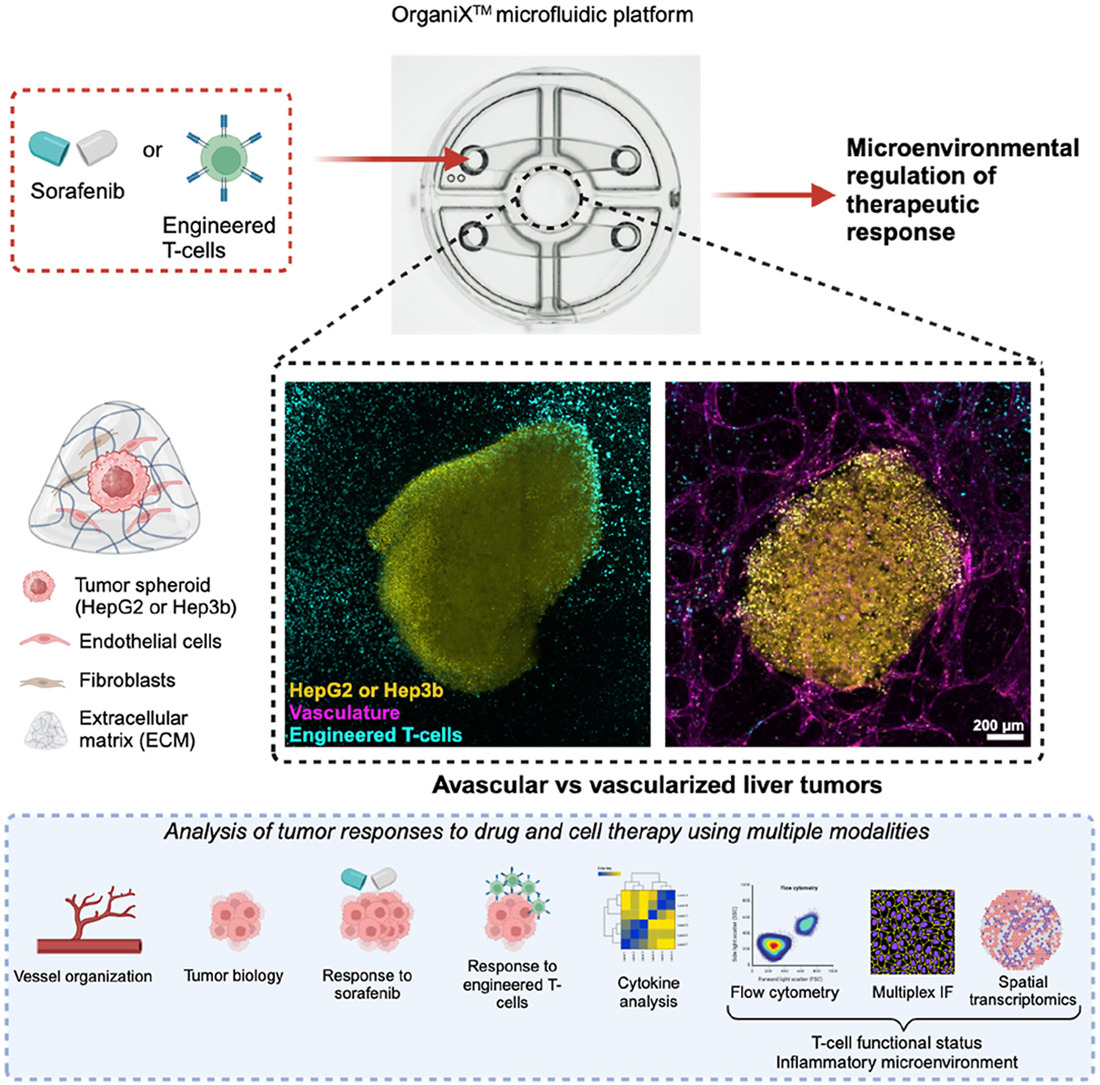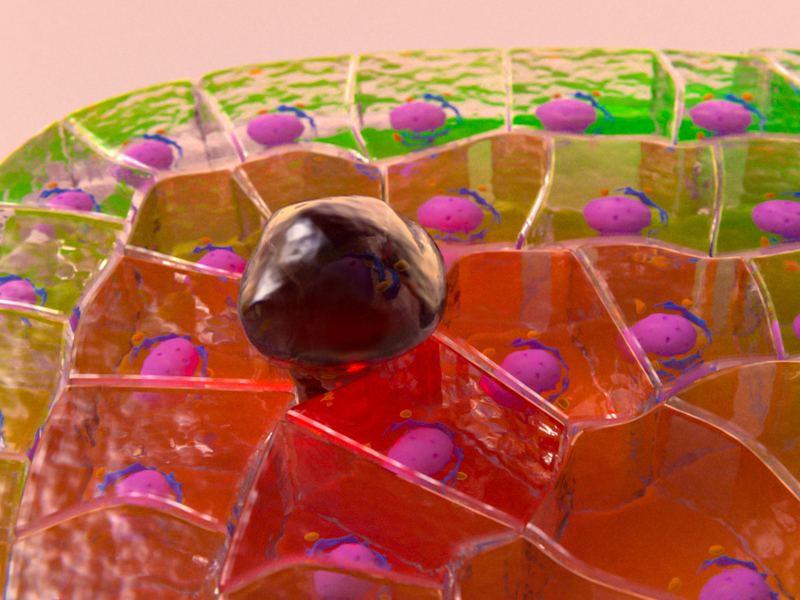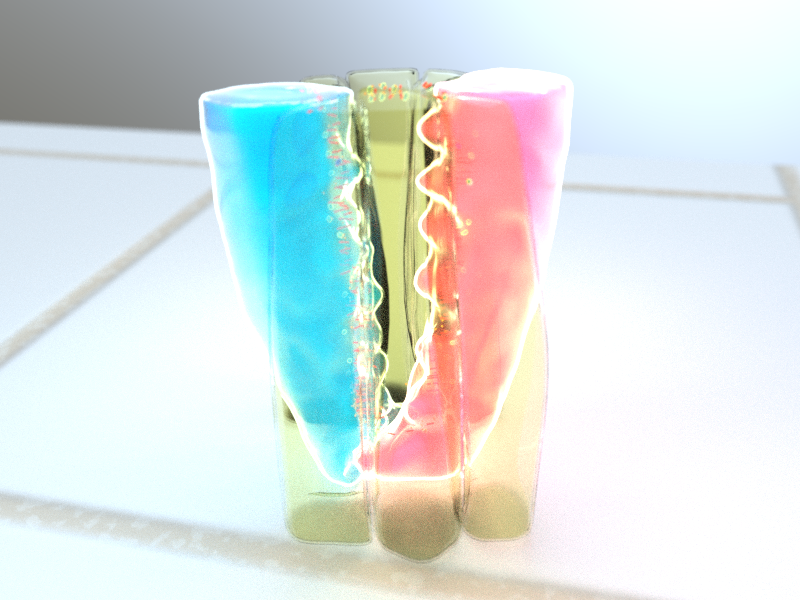Tumor-on-a-chip Shows How Microenvironment Architecture Affect Liver Cancer Therapies
An in vitro model of a human liver tumor integrated with a functional vasculature within a microfluidic platform was developed.
Researchers from the Pavesi Group at MBI revealed the dynamics of liver tumor microenvironments and how it influences responses to both chemotherapy and T-cell immunotherapy.
A team of researchers from the Mechanobiology Institute, National University of Singapore have developed an advanced “tumour-on-a-chip” system to uncover how the architecture of liver tumors influence responses to both chemotherapy and T-cell immunotherapy. Led by Jyothsna Vasudevan from the Pavesi Group, the findings are published in Biomaterials and highlights the crucial but often overlooked role of the tumor microenvironment in shaping treatment outcomes.
Hepatocellular carcinoma accounts for 70% of liver cancer diagnoses globally and most patients are diagnosed at an advanced stage. One reason therapies are hard to develop is that solid tumors exist in a highly complex microenvironment that not only includes cancer cells, but also blood vessels, fibroblasts, immune cells and the surrounding extracellular matrix (ECM). Together, these components present an intricate network that regulates how drugs and immune cells infiltrate the tumors.

Graphical abstract depicting how the team tested two therapies on the tumor spheroids grown on the OrganiX™ microfluidic platform.
To capture these dynamics, the team built upon a commercially available microfluidic platform OrganiX™, that allows the growth of 3D tumor spheroids on a collagen-fibrin, co-cultured with human endothelial cells and fibroblasts. Two liver cancer cell lines were cultured – HepG2 and Hep3b – and each assembled into perfusable vascular networks after a week, establishing realistic nutrient gradients, fluid shear stress and oxygen diffusion – key mechanical cues that traditional 2D cultures lack. Through observation, it was found that the Hep3b tumour line closer resembled the in vivo characteristics of human liver tumors compared to HepG2.
The researchers then tested the first-line drug sorafenib on both 3D vascularized spheroids and 2D non-vascularized liver tumor samples. Interestingly, tumours without blood vessels initially showed more overall cell death, but in vascularized tumours, sorafenib penetrated deeper, ultimately killing more cells in the hypoxic core. This dual response suggests that vasculature regulates drug delivery.
Next, engineered CAR-T and TCR-T cells were introduced. It was shown that vasculature limited T-cell infiltration into the tumor core. Yet, the T-cells that successfully crossed the endothelium remained more active and displayed fewer “exhaustion” markers such as PD-1 and LAG-3. The results suggest that the physical barrier of the tumor endothelium may preserve T-cell potency – a subtle but important insight for immunotherapy design.
Further analysis revealed that vascularized tumors secreted cytokines such as IL-15 and CXCL-10, which are known to support T-cell activation and expressed genes linked to ECM remodeling, angiogenesis and inflammation. These changes hint that the presence of vasculature reshapes the tumor’s biochemical and mechanical landscape in ways that could be harnessed therapeutically.
The team emphasized that this approach enables researchers to systematically manipulate physical parameters – such as oxygen tension, matrix composition, and vessel coverage – offering a powerful way to dissect how mechanics influence cell behaviour. The platform could accelerate the development of combination therapies that normalize tumor vasculature or modulate tissue stiffness before drug or immune treatment – paving the way for more effective and personalized liver cancer therapies.









